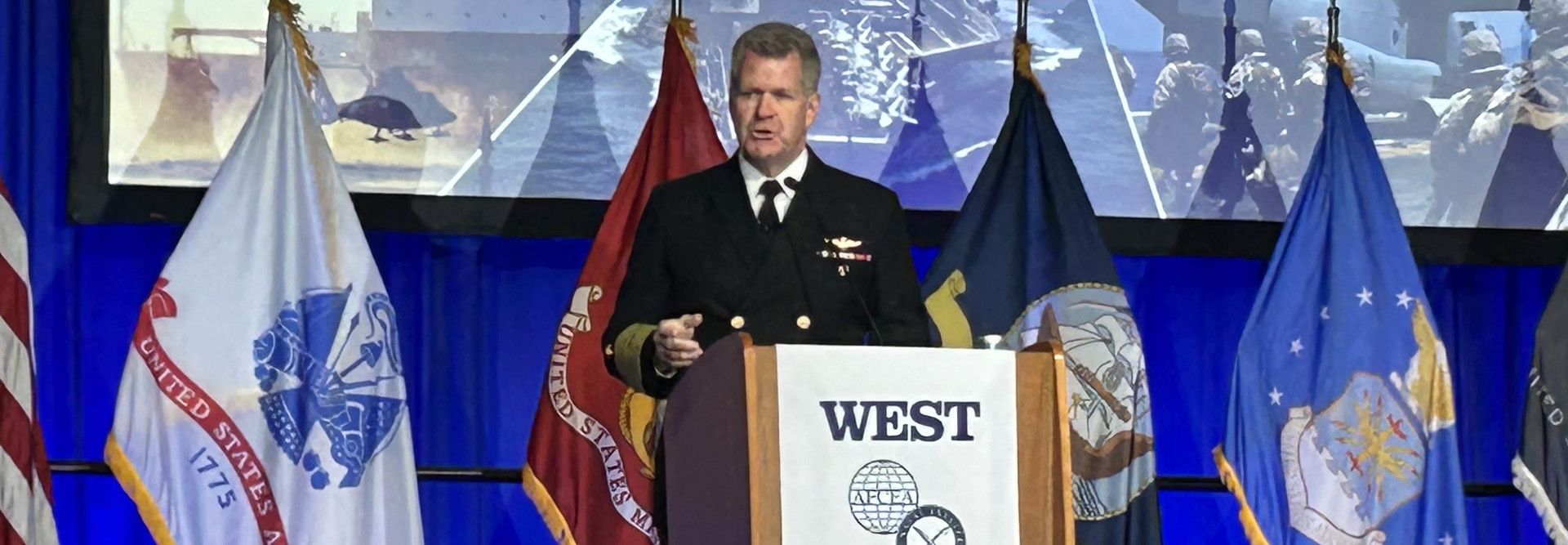AI Challenges Must Be Met for Success in a Complex Environment
“AI is just math,” said John Long, the deputy Navy chief AI officer at the Office of Naval Research. “I worry less when it’s paired with a human.”
So far, artificial intelligence has been used in back-office environments, “because, let’s be real, that’s what we in industry have been able to prove works,” said Terry Halvorsen, IBM vice president for federal and a former CIO for both the Navy and the Department of Defense. “They want to move into warfare, and we have to prove it works.”
AI still faces technological challenges that must be overcome before it can be adapted for use in a complex military environment. What happens, for instance, if an adversary inserts nonsensical data into the AI’s sources, asked Sam Tangredi, a professor and Leidos Chair of Future Warfare Studies at the U.S. Naval War College.
But nonadversarial problems can also affect an AI’s ability to do its job. As an AI algorithm “soaks up data from the internet, it gets the conspiracy theories, too, and applies that to whatever the subject is,” he said. “AI can be deceived.”
Sensors that gather information in conflict areas can lose the ability to detect information cleanly as a battle continues, he added, and AI does not work as well with degraded or incomplete information.
LEARN MORE: Industry can be a valuable partner for an agency deploying AI.
Humans Must Remain in the AI Loop
That’s another reason why humans should remain in the loop when AI is deployed, said Katie Rainey, the director of science and technology for intelligence, surveillance and reconnaissance at the Naval Information Warfare Center Pacific.
“Neural networks can find random patterns with 99 percent accuracy, but there are a lot of situations where they don’t make sense,” she said. “The operator has so much expert knowledge. When you can use expert knowledge, you should.”
The promise of AI remains, however, and federal agencies believe it’s imperative to explore the options it provides. But agencies are also looking to industry to give them advice on how to proceed.
“What do I need help in? AI,” said Rear Adm. Christopher Bartz, Coast Guard CIO recently named acting deputy CIO for the Department of Homeland Security. “How do I buy it, how do I train it, how do I sustain it, how do I make sure it’s not hallucinating?
DHS is preparing to hire about 50 AI specialists, Bartz said, a nod to the importance of the tool. “AI is going to fundamentally change everything for us,” he added.
To learn more about WEST 2024, visit our conference page. You can also follow us on X (formerly Twitter) at @FedTechMagazine to see behind-the-scenes moments.













